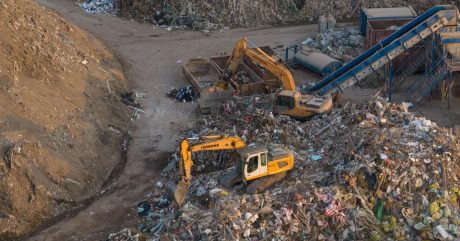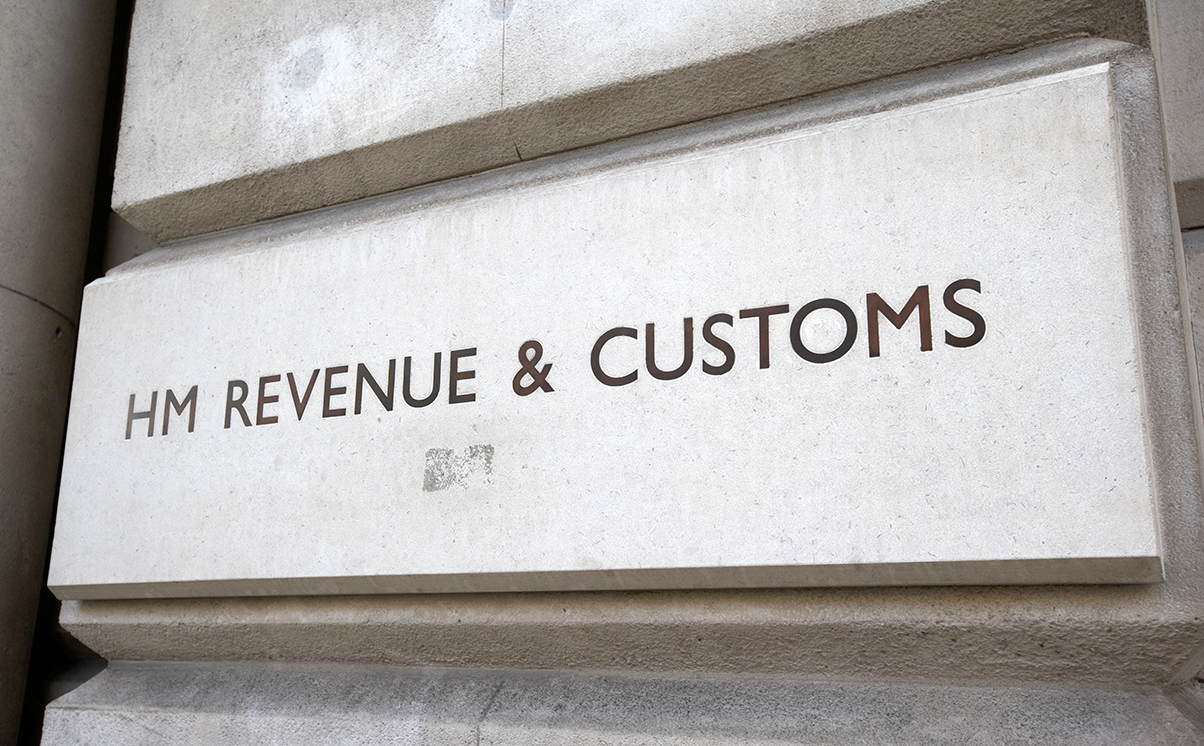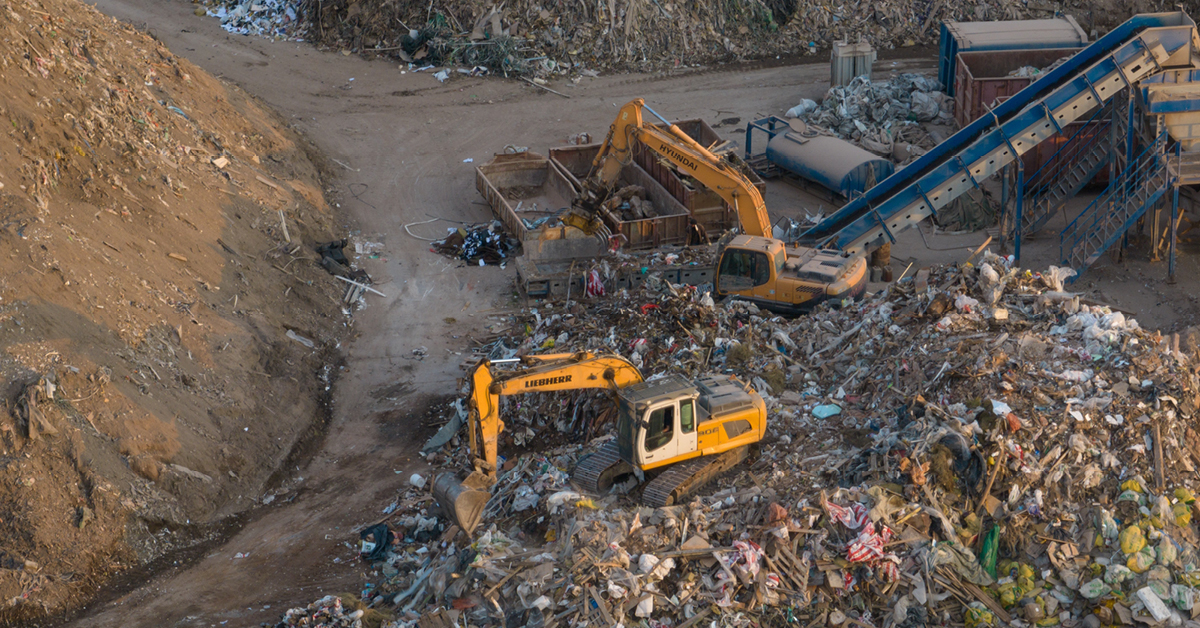In an article first published in Materials Recycling World in July 2025, David Pickstone and Anastasia Nourescu explain how the UK’s landfill tax regime is evolving, with proposed reforms and stricter enforcement already underway making accurate waste classification and documentation critical for operators.
Landfill tax is one of the UK’s most significant environmental taxes, and it is also one of the most complex areas in the waste management industry to navigate. The cost of getting it wrong is rising, with HMRC and the courts taking an increasingly strict approach to what qualifies for the lower rate. The industry is at a crossroads: landfill is on the decline, and recycling and energy from waste plants are on the rise. Secondly, the Treasury has recently announced a consultation on landfill tax reform in which wholesale changes are proposed. Perhaps the most significant proposal is the abolition of the two-rate system.
Landfill tax and compliance
Landfill tax was introduced in 1996 to encourage more sustainable waste management practices. It applies to taxable disposals at landfill sites and, more recently, unauthorised sites. Two rates apply: a standard rate (currently £126.15 per tonne) and a lower rate for “qualifying materials” (£4.05 per tonne). The criteria for qualifying materials are set out in the Landfill Tax (Qualifying Material) Order 2011, which covers specified (inactive) materials such as rock and soils.
Compliance can be challenging. HMRC has recently ramped up enforcement activity, focusing on classification and supporting documentation. The heavy cost of compliance has also incentivised criminal activity, ranging from tipping at unauthorised sites to waste classification fraud.
Compliance challenges and lessons from case law
Misclassification remains one of the most common and costly errors. A recent example is Singleton Birch Ltd & FCC Recycling (UK) Ltd v HMRC [2025] UKUT 72 (TCC), where the Upper Tribunal found certain waste treated with pure lime did qualify for the lower rate, but the same waste treated with waste that contained lime did not qualify for the lower rate.
This and other cases highlight three key lessons for the industry:
- Classification will be interpreted narrowly: The tribunal examined the legislation and the nature of the waste in detail. While it accepted that the taxpayers’ process was likely to reflect environmental policy more (ie one waste product treating another is better for the environment than manufacturing a new product to treat the same waste), that was not sufficient to mean that the lower rate applied.
- Documentation matters: Taxpayers have the burden of proof. Even if the waste classification is technically correct, site operators can still be liable simply for not being able to provide the records that prove it.
- Expert evidence can be critical: Judges are tax specialists but do not have industry-specific knowledge. Tribunals will rely on experts to explain technical points, and often these cases are decided on these details.
Other common disputes involve exemptions, for example, the use of qualifying material to fill quarries or relief for added water. Proposed reforms may remove these reliefs entirely, requiring operators to make significant changes to their compliance processes.
What operators need to know
To navigate the developing landscape, operators must focus on reducing risk in a few key areas:
- Review classification protocols regularly, seeking legal or technical advice where appropriate.
- Maintain robust documentation, including waste transfer notes, laboratory test results and internal logs.
- Conduct internal audits to identify gaps in classification, documentation or site procedures, especially when managing multiple facilities or subcontractors. In some instances, one small error can lead to an entire waste stream being standard rated until the error is corrected.
- Stay ahead of policy changes to adapt current practices and pricing models ahead of expected reform.
Landfill tax compliance is evolving, and operators who take proactive steps will be best placed to minimise risk and avoid costly disputes.
You can find further information regarding our expertise, experience and team on our Tax Litigation and Resolution page.
If you require assistance from our team, please contact us.
Subscribe – In order to receive our news straight to your inbox, subscribe here. Our newsletters are sent no more than once a month.







